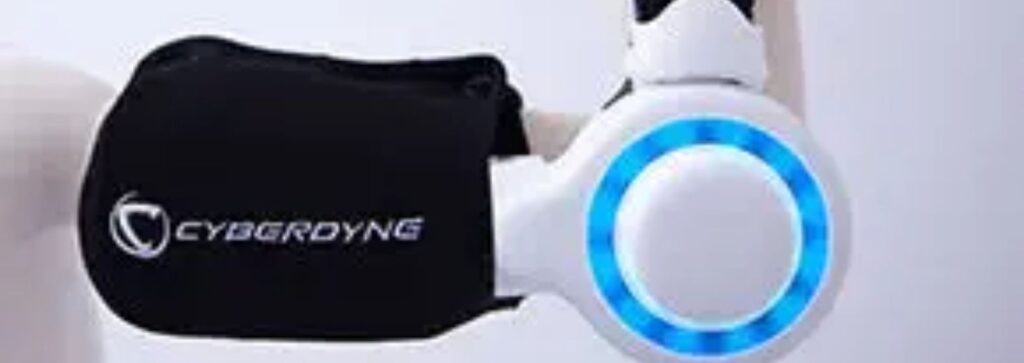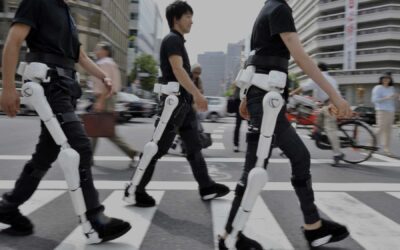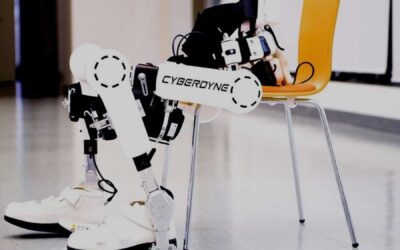Hal® is a technology that Cyberdyne Treatment employs to enhance wearer function. The world’s first technology, the Hybrid Assistive Limb (HAL), sustains and regenerates the wearer’s bodily functions in accordance with their goals.
Wearable Cyborg™ HAL’s Motion Principle-
HAL assists the user in moving in accordance with their objectives or even using greater force than normal by regulating the power unit based on the movements it recognises. HAL® features two distinct control systems that may be combined based on the wearer’s needs.
- With the non-invasive BES-sensing technology solution, HAL® assists people all over the world in regaining their ability to walk.
- For patients with spinal injuries, the Wearable CyborgTM HAL® Lower Limb aids with their post-accident and post-surgery recuperation.
- BES-sensing technology is employed for mobility wellness, or the capacity to move around independently of outside help.
- The cyborg maintains a high standard of living and freedom by improving general well-being.
HAL Ways for Spinal Cord Dysfunction

Regaining function after a stroke is encouraged by the Wearable Cyborg HAL®. Via the spinal cord and peripheral nerves, the human brain sends voluntary command messages to the musculoskeletal system. However, the primary focus of cyberdyne therapy is on the brain receiving input from the sense of real movement.
Patients suffering from motor impairments brought on by spinal cord injuries can benefit from robot-assisted treatment in spinal cord rehabilitation as it can provide high-dosage, high-intensity fitness.
Recovery from Spinal Cord Dysfunction
Patients with spinal cord injuries have improved locomotor activity thanks to Cyberdyne’s Hybrid Assistive Limb, HAL®. With the use of this neuro-rehab tool, patients are able to move their paralysed legs with intention rather than having the gadget control their motions for them.

Even in the chronic phases of injuries, Wearable Cyborg™ Hal will help your voluntary motions enhance your gait patterns and walking function by utilising the body’s natural feedback system.
Neuropathic pain, bowel and bladder function, mental wellness, and the cardiovascular system have all shown improvements.
In physical therapy, rehabilitation robots are used to treat gait abnormalities in general, cerebral palsy, and spinal cord injuries. Exoskeletons improve capacities, aid in mobility, and support patients undergoing spinal cord injury during their recovery.
Advanced neuro-robotic rehabilitation technologies are what Cyberdyne offers to patients worldwide for their well-being. Our goal is straightforward: by utilising our non-invasive technological solution, Hal®, we enable people to walk independently.
Connect with us at https://rehabmodalities.com/ to learn more about Cyberdyne’s healthcare platform.



